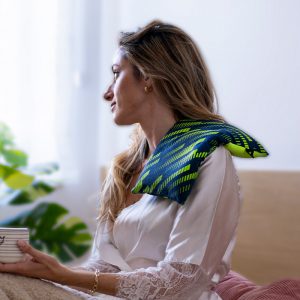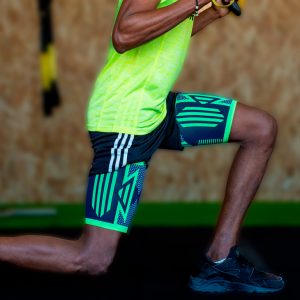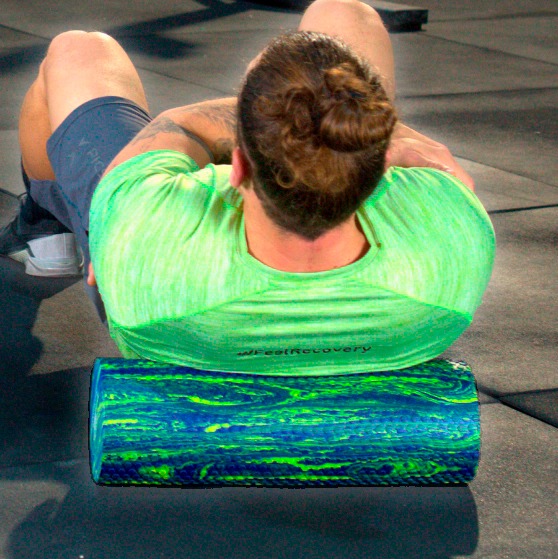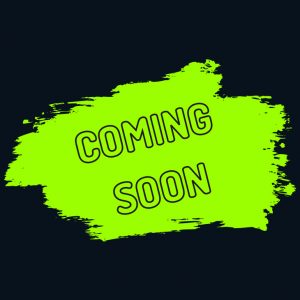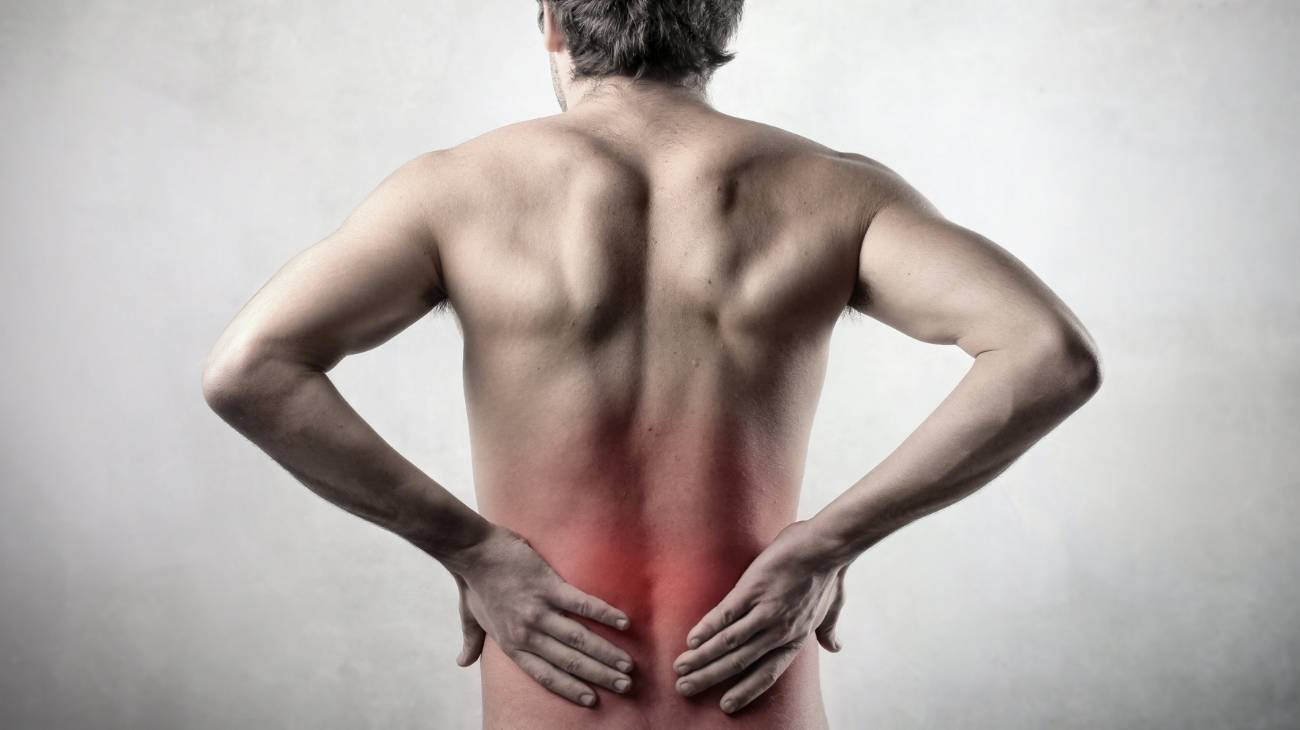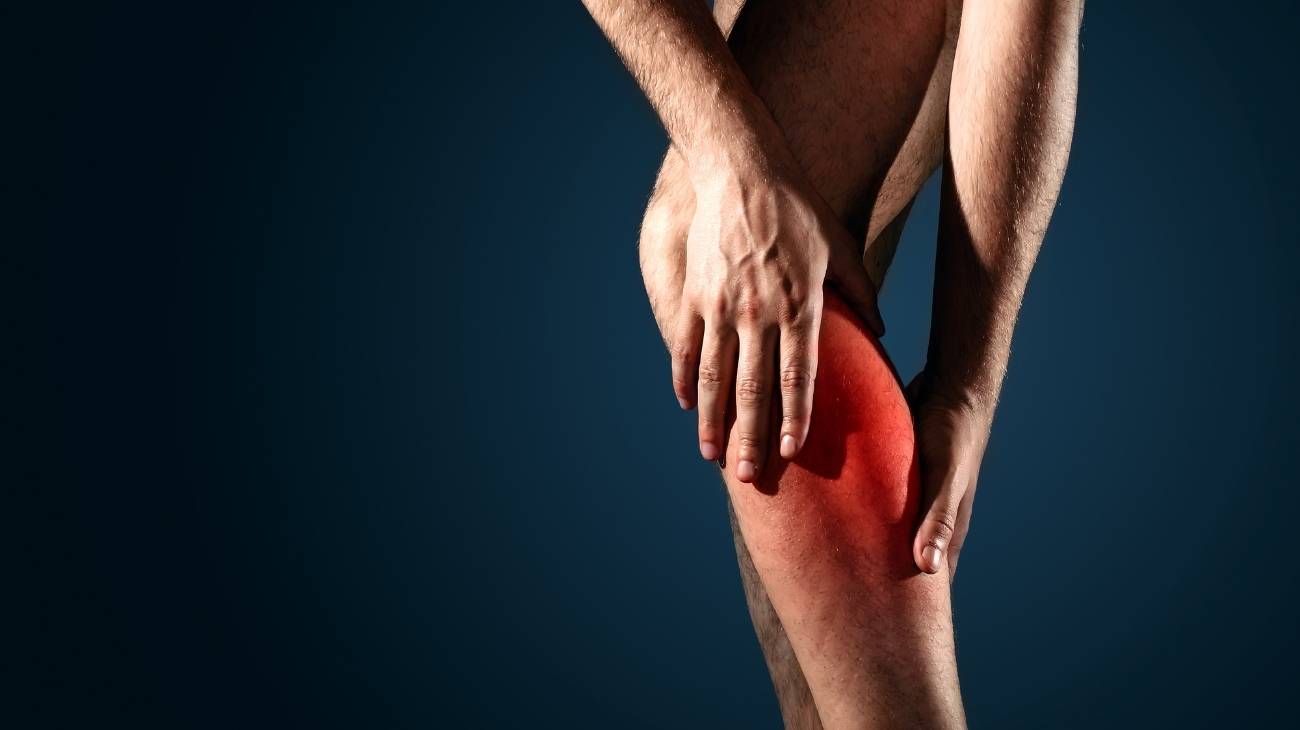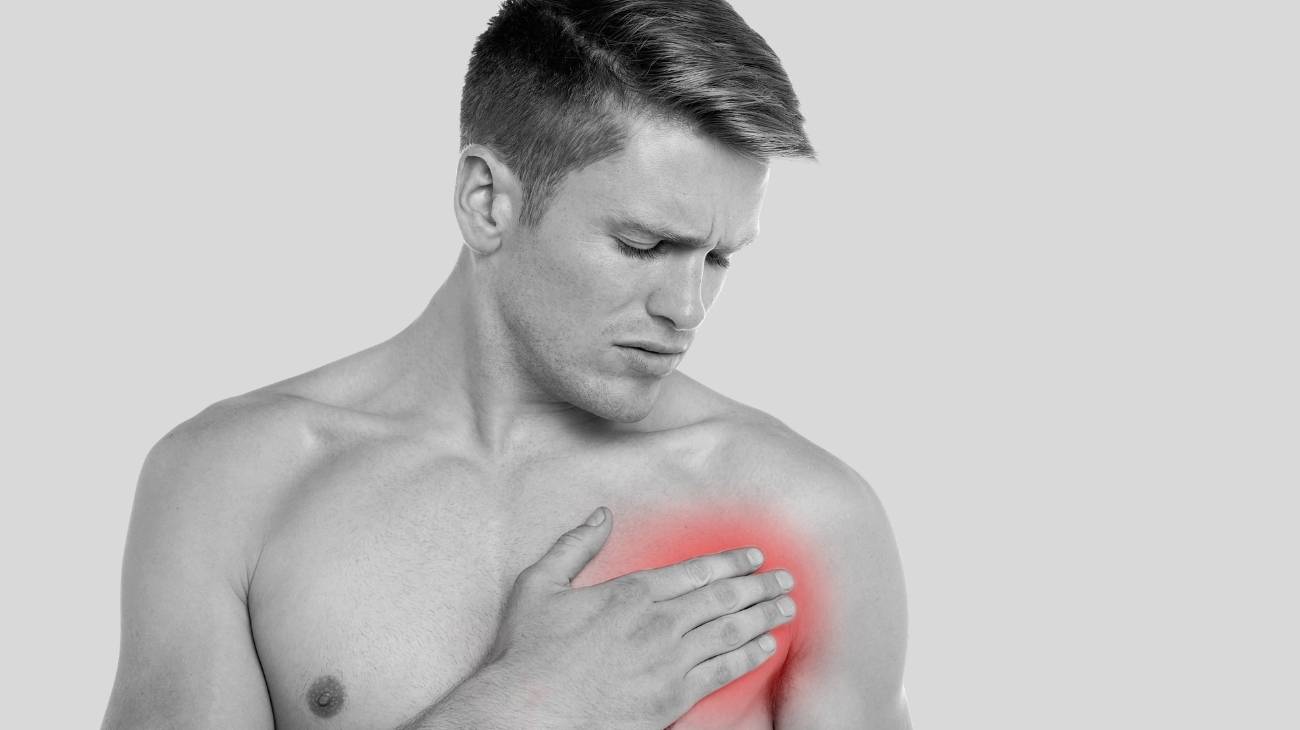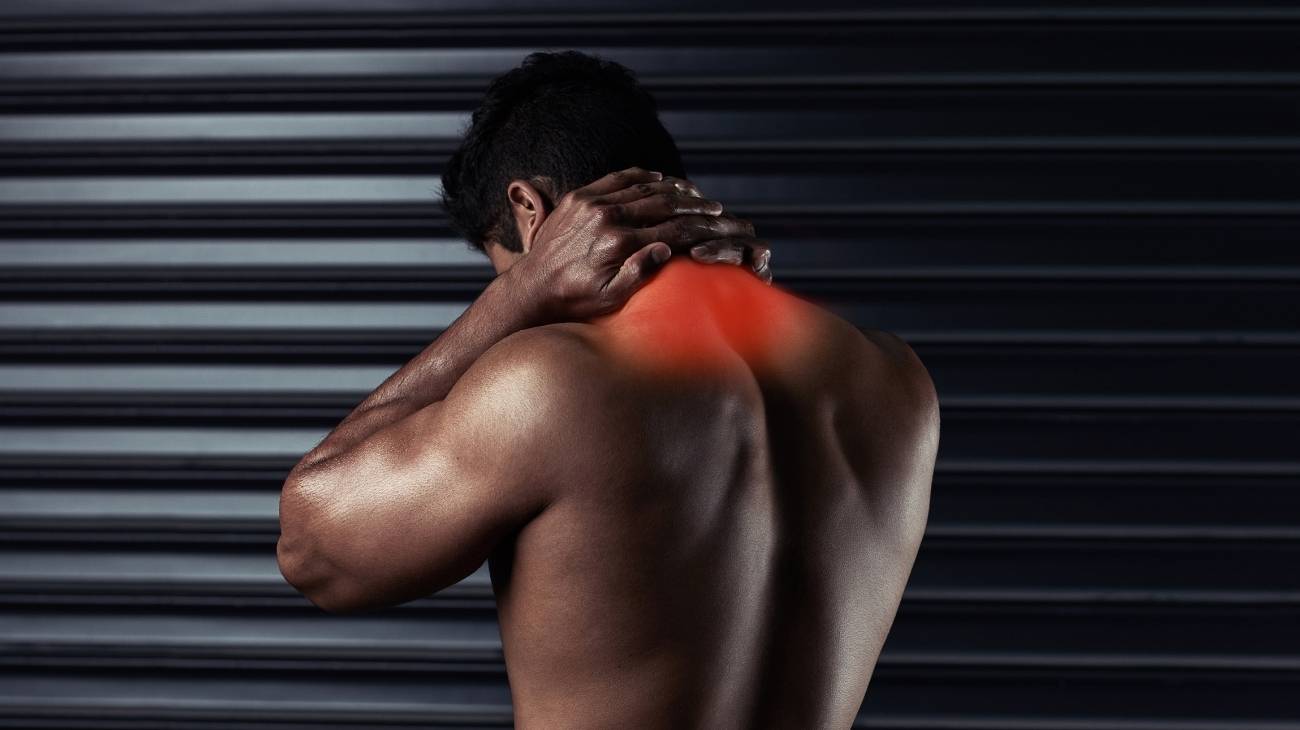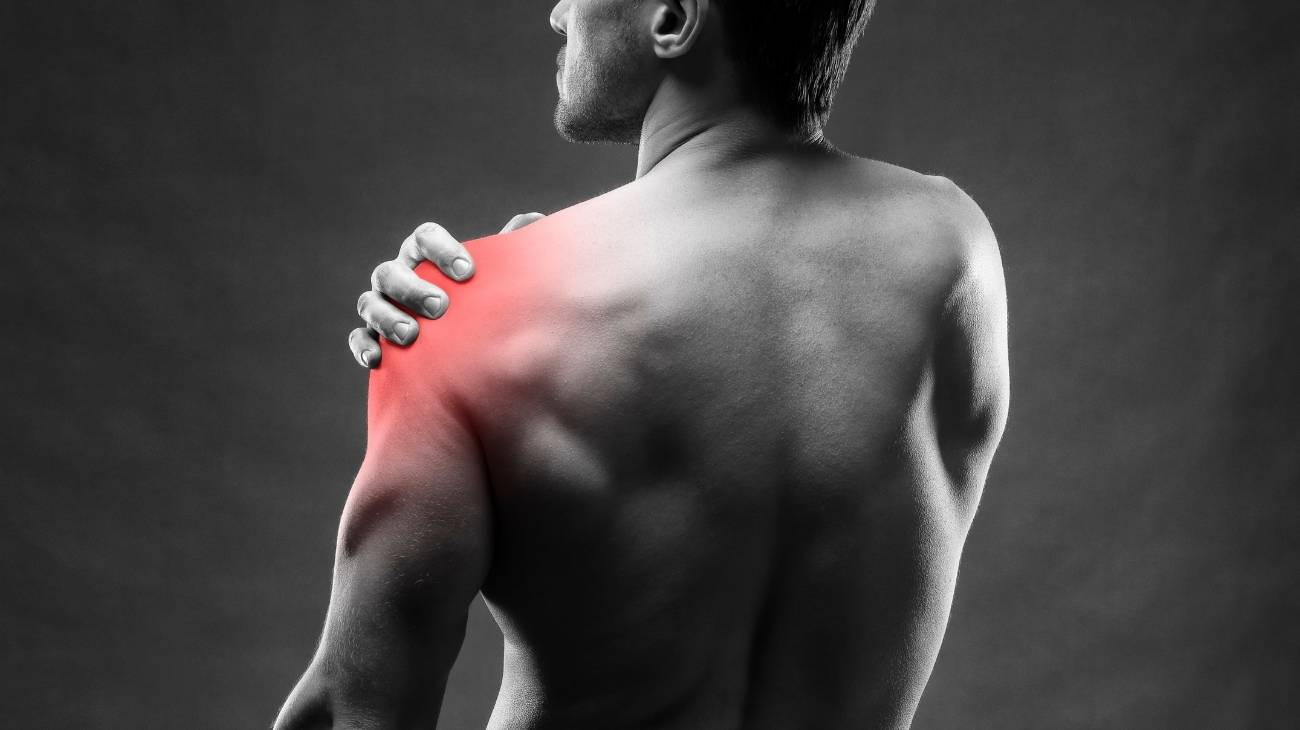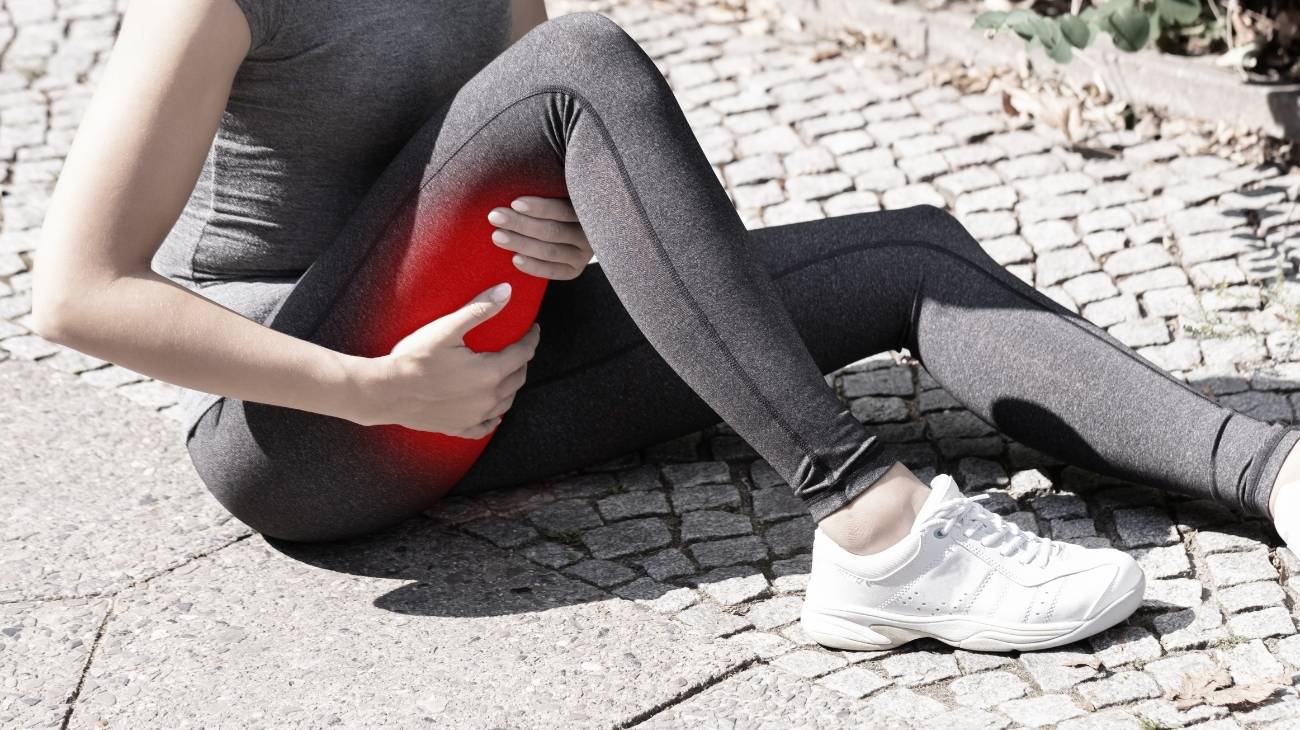Back muscle strains occur when muscle fibers are overstretched or torn, often due to physical overuse, sudden twisting motions, or prolonged poor posture. These strains can result in pain, swelling, and reduced range of motion, making it vital to address the issue promptly. Effective recovery solutions combine targeted therapies and supportive products that not only alleviate discomfort but also promote long-term healing.
Compression sleeves are a cornerstone of back strain management. These garments provide firm, even pressure to reduce inflammation, support the affected muscles, and improve circulation. Enhanced blood flow accelerates tissue repair and reduces swelling, enabling faster recovery. Modern designs ensure comfort and flexibility, making them suitable for use during work or light physical activities.
Another essential approach to recovery is cold therapy, particularly during the first 48 hours after a strain. Cold therapy packs or wraps work by constricting blood vessels, reducing inflammation, and numbing pain. This therapy prevents further tissue damage and provides immediate relief, allowing you to manage the acute phase of your injury effectively.
As you progress through recovery, incorporating heat therapy becomes crucial. Heat wraps and pads help relax tense muscles, alleviate stiffness, and promote flexibility. By improving blood flow to the strained area, heat therapy facilitates the delivery of oxygen and nutrients necessary for healing. This preparation is particularly beneficial before engaging in rehabilitation exercises.
For more advanced recovery, tools like massage devices and foam rollers are invaluable. These devices target deep tissue layers, releasing tension, breaking down scar tissue, and stimulating circulation. Regular use can prevent chronic discomfort, improve muscle elasticity, and reduce the risk of reinjury. Many massagers also feature adjustable settings for a personalized experience, ensuring optimal comfort and effectiveness.
Electrotherapy, particularly TENS units, offers another layer of support for those dealing with persistent pain. TENS therapy uses low-voltage electrical impulses to block pain signals and stimulate the release of endorphins, the body’s natural painkillers. Compact and easy to use, these devices are an excellent addition to any recovery toolkit.
Strengthening exercises play a pivotal role in preventing future back strains. Using resistance bands during rehabilitation provides controlled, progressive training for your muscles. These bands are versatile, lightweight, and suitable for all fitness levels, making them ideal for building back strength and stability.
Additionally, maintaining good posture and ergonomics is crucial for long-term recovery and prevention. Back braces and lumbar supports can be instrumental in correcting posture, alleviating strain, and reducing the risk of secondary injuries caused by compensatory movements.
Feel Recovery offers a curated selection of recovery tools designed to address every stage of back muscle strain rehabilitation. From compression sleeves and heat wraps to advanced massage devices and TENS units, our products are crafted to provide comfort, support, and accelerated healing. With the right tools, you can reduce pain, regain mobility, and strengthen your back for future challenges.
FAQ: Frequently Asked Questions
What are the key benefits of using compression sleeves for back strains?
Compression sleeves provide targeted support, enhance blood circulation, and reduce swelling. These benefits accelerate recovery and provide stability to the strained area, helping you resume daily activities faster.
How do I choose the right product for my back muscle strain?
Selecting the right product depends on the severity of your strain and your recovery stage. For acute pain, cold therapy packs are ideal, while heat therapy and massage tools are better for later stages of recovery.
Are these products safe for daily use?
Yes, our products are designed with safety in mind. They use high-quality, skin-friendly materials and are ergonomically designed to ensure comfort during prolonged use.
How should I maintain my recovery tools?
Follow the manufacturer's cleaning and storage guidelines. Most compression sleeves are machine washable, while heat and cold wraps can be cleaned with a damp cloth. Proper maintenance ensures longevity and optimal performance.
How soon can I expect results from using these products?
Results vary depending on the severity of your strain and the frequency of use. Regular application of cold or heat therapy and consistent use of compression sleeves often lead to noticeable improvements within days.

